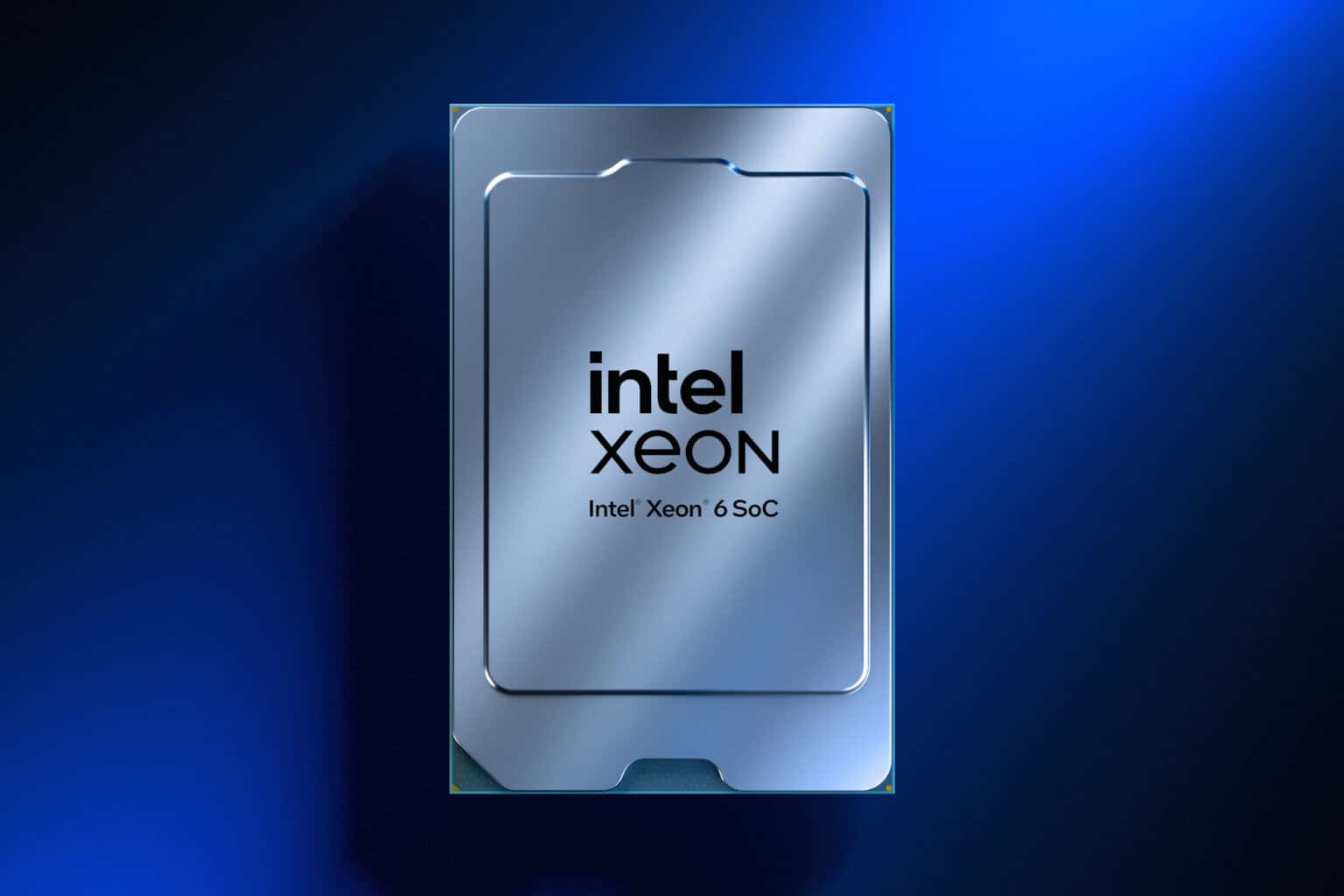Windows 10 Technical Preview: How to install in Oracle VirtualBox
3 min. read
Published on
Read our disclosure page to find out how can you help Windows Report sustain the editorial team. Read more
Some of us love to be on the bleeding edge of new technology, especially when Microsoft rolls out a preview version of a new operating system. While some may be daring enough to install the preview version of Windows as their primary operating system, others may be reluctant and prefer other methods. Let’s explore how you can install Windows in Oracle VirtualBox.
To begin, head over to the VirtualBox website and download the software for Windows. For those of you who are not familiar with VirtualBox, it’s a free solution that allows you to run an operating system in a hassle-free virtual environment. Alongside VirtualBox, you are going to need an ISO file of Windows 10 (or any other version of Windows you are planning to install). You can snag an ISO of Windows 10 here (you need to be a part of the Windows Insider Program).
Are you ready to install Windows on VirtualBox? Follow the step-by-step tutorial below!
Once you have VirtualBox installed, launch the program and tap on the “New” button.
Add a name for your new virtual system. In my case, I put “Windows 10.” Once you type in “Windows 10,” the version will automatically change to Windows 10. Make sure you select 64-bit if you have a 64-bit ISO file. Hit the next button to continue.
Select your Memory size. Give plenty of RAM to your virtual environment, especially if you have enough RAM to spare on your system. Ideally, 4GB is plenty of RAM to adequately test Windows 10. You can probably get away with 2GB, but we haven’t tested it. ALl you have to do is adjust the slider or manually type in the memory value. Once you are done, hit the next button.
Now you need to create a virtual hard drive. Select the “Create a virtual hard drive now” radio box and hit the create button. A small window will launch and will ask you what storage type you want to create. You can either select Dynamically allocated or Fixed size. Dynamically allocated will take up little space on your system, while Fixed size will create a virtual drive with the exact amount of space you want.
If you choose Dynamically allocated, you will be immediately taken to the next step. If you choose Fixed size, you will have to manually enter a storage amount and wait while it is created. This process can take a few minutes.
Now you are ready to adjust the settings of your new virtual machine to run Windows 10. Click on the Settings button, then select System. Ensure “Enable I/O APIC” is checked under the Motherboard tab. Under the Processor tab, ensure “Enable PAE/NX” is checked. In the Acceleration tab, ensure Enable VT-x/AMD-V and Enable Nested Paging is checked. On the display tab, ensure “Enable 3D Acceleration” is checked.
Now you are ready to start your operating system! Hit the Start button and you will be prompted to open an ISO file. This is where you can select the downloaded ISO file of Windows 10. Sit back and watch as Windows 10 is installed!



















User forum
0 messages